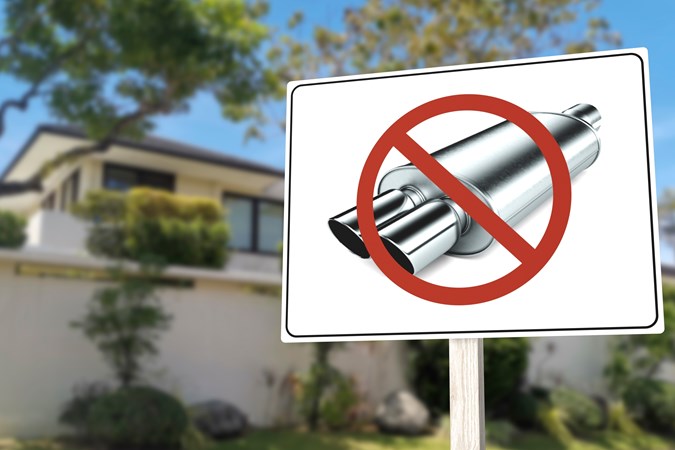
While CO2 emissions from car exhausts is a more common issue, the government is now trialling noise detection cameras to catch ‘rowdy drivers’. Using new camera technology, the Department for Transport (DfT) hopes to penalise antisocial drivers and reduce noise pollution.
Announced in October 2022, the initial trial is beginning in Birmingham, Bradford, Bristol, Great Yarmouth and South Gloucestershire ‘won’ some £300,000 investment as part of a nationwide competition to host the cameras.
The technology itself is acoustically sensitive. Combining video with microphones to accurately detect vehicles producing excessive noise. While the project aims to explicitly tackle ‘boy racers’ and the use of illegal exhausts, the technology is designed to detect drivers who rev their engines unnecessarily or use unauthorise exhaust systems.
Once the camera detects an offending vehicle, it takes a picture and records the noise level, creating a digital package of evidence for police. Starting in Keighley, Bradford, it is expected that the noise-detection technology will be installed in the other areas over the next two months. If the pilot proves successful, a nationwide rollout could be on the cards.
Transport Secretary Anne-Marie Trevelyan , ‘Rowdy road drivers beware – these new cameras will help the police clampdown on those who break the legal noise limits or use illegal modified exhausts to make excessive noise in our communities.’
‘We’ll be working closely with the local authorities and police to share any findings, and I hope that this technology paves the way for quieter, peaceful streets across the country.’
We’ve already detailed the increased use of speed cameras and dash cams to capture motorists flaunting the rules.
What is an illegal exhaust?
Legal exhausts are type-approved. They meet a set of environmental and safety criteria. Environmental standards have included noise limits since 2012. According to gov.uk, ‘the police can take action if your vehicle’s silencer doesn’t work in the way it was designed, or if you’re driving in a way that creates too much noise.’



